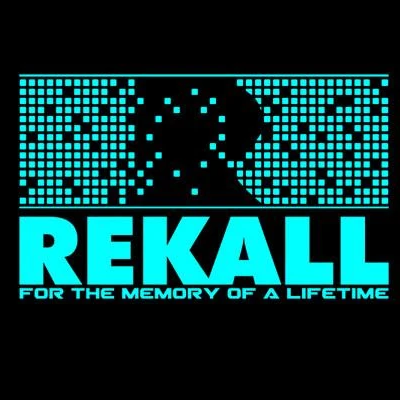Rekall Incorporated
Rekall is a company that provides memory implants of vacations, where a client can take a memory trip to a certain planet and be whoever they desire.
- 38 Posts
- 4 Comments
Joined 1 month ago
Cake day: August 16th, 2024
You are not logged in. If you use a Fediverse account that is able to follow users, you can follow this user.

 2·5 days ago
2·5 days agoSucks about onboard audio dying; hate when things like this happen on a new build.
Unfortunately I can’t make recommendation on your proposed setup, but as an alternative, have you considered getting soundcard as an alternative? The basic ones are ~$20 where I live.

 2·14 days ago
2·14 days agoSeems like an excellent monitor, but I really dislike the “ROG” branding. It’s so obnoxious.
Too bad there is no DisplayPort input. I get it it that this a TV device “redone” for a monitor product, but still.




















Are you sure that a soundcard needs weird software to work? With just the drivers you should just have working sound output via the soundcard ports. I could be wrong as I haven’t had a soundcard in a very long time.
Could be annoying, but you may be able to only install the drivers and avoid the bloatware. I do that with Nvidia, I only have the drivers, not Geforce experience or whatever.